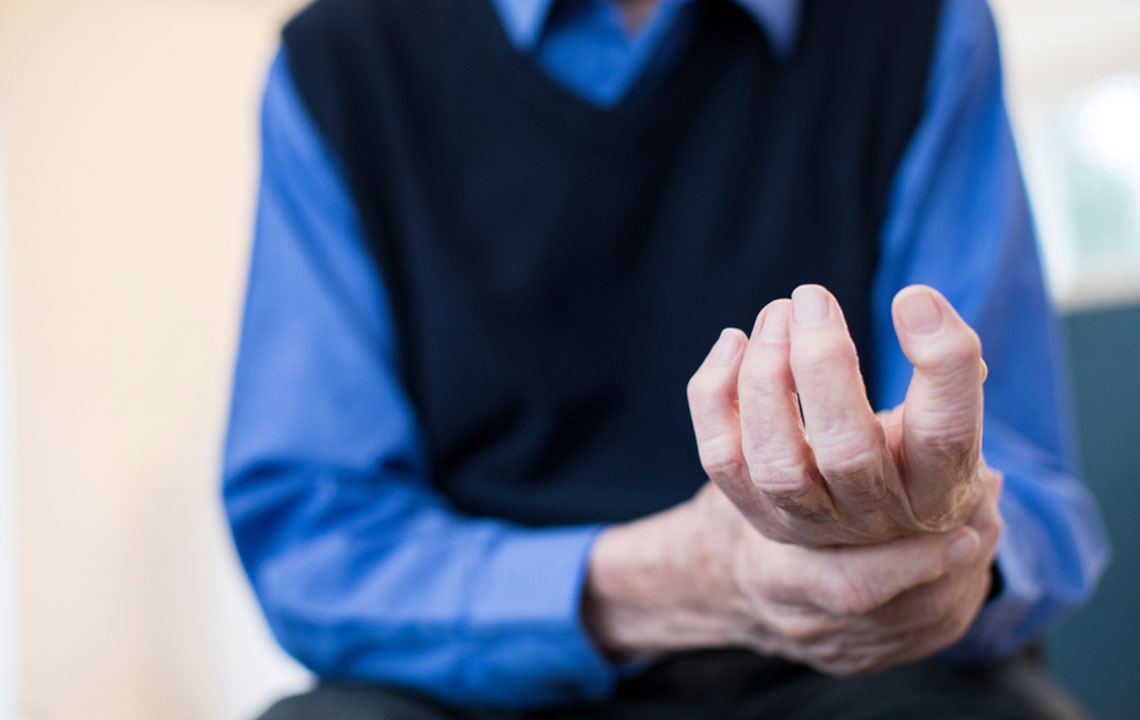Common symptoms of rheumatoid arthritis
Rheumatoid arthritis is an autoimmune condition that leads to an inflammation in the lining of the joints. Additionally, it may also affect other parts of the body such as the skin, eyes, blood vessels, and even the heart. The impact of rheumatoid arthritis is extreme and can lead to an erosion of the bones, thus leading to physical disability.

Swollen joints
Rheumatoid arthritis is usually marked by swelling in any of the joints of the body. The most commonly-affected parts are the neck, shoulders, wrists, elbows, knees, hips, and feet. Some patients also experience a swelling in their jaws. This leads to severe pain in the affected joints whether the affected patient remains still or moves them. This swelling can also lead to permanent damage to the tendons over time. It is important to note that rheumatoid arthritis can also affect other parts of the body that do not have joints such as the bone marrow, blood vessels, skin, salivary glands, heart, and kidneys.
Rheumatoid nodules
Rheumatoid arthritis also leads to the formation of nodules on the skin near affected joints. These nodules are especially visible when the joints are flexed. The skin may also appear to be discolored and form purple patches known as purpura.
Stiff joints
Stiffness in the joints is one of the most common symptoms of rheumatoid arthritis. The stiffness is especially pronounced in the early morning just after waking up. Patients with any forms of arthritis experience stiffness; however, with rheumatoid arthritis, this stiffness can last for more than an hour before it finally subsides. Over time, the condition can cause these joints to dislocate.
Fever and fatigue
The symptoms of rheumatoid arthritis, such as swelling, are often accompanied by fever and fatigue. This can occur due to a lowered red blood cell count which could also lead to anemia.
Impact on the eyes
Some patients may also experience inflammation or irritation in their eyes. This inflammation could impact the whites of their eyes or the tear glands and would need treatment by an ophthalmologist.
Redness and warmth in the joints
The joints impacted by rheumatoid arthritis are warmer than the rest of the body. The surface of the skin will also appear slightly reddish in color.











